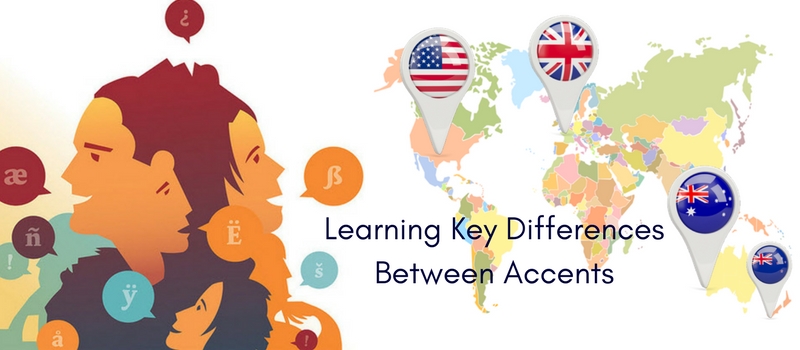Learning Different Accents In IELTS Listening
IELTS stands for International English Language Testing System, which itself means testing of a range of English accents spoken across the globe, particularly- Australian, British, North American, New Zealand. We all know, during listening exam, audio is played only once. There are no second chances and candidates need to carefully understand each sentence.
What are the key differences and how to practice different accents in IELTS Listening?
Accent is a combative issue in IELTS. Every accent has its own methodology of pronouncing words. For example, British spell “colour” and Americans spell “color” and this one alphabet changes its phonation. Before jumping on listening different kinds of audios, it is better to learn basic spelling difference between the two types.
IELTS Listening Practice: 5 Exclusive Tips

On the other hand, Australian accent needs different kind of IELTS listening practice. It is said to be derived from British accent itself, but involves less italicizing of words. For instance, they pronounce “oo” as “ew” – school – skewl, endings change – after becomes aftah. The more you’ll tune into listening Australian accent , the more you’ll understand.
New Zealand accent is far more different, they replace mostly replace all the vowels with ‘e’. ‘Hat’ becomes- ‘het’, ‘fish’ becomes ‘fush’, and more. Aside from vowel shifts, they will avoid emphasizing “h”. Spelling pretty much remains the same, but it is important to listen to different New Zealand accents in IELTS listening.
You cannot get familiar to different kinds of accents by listening to one or two audios only. It is better to spend significant amount of time, tune in to radio channels, news channels, YouTube and learn different dialects all over the world. Follow British IELTS Blogs for all updates regarding IELTS and PTE Exam. Also, improve your Spoken English.




